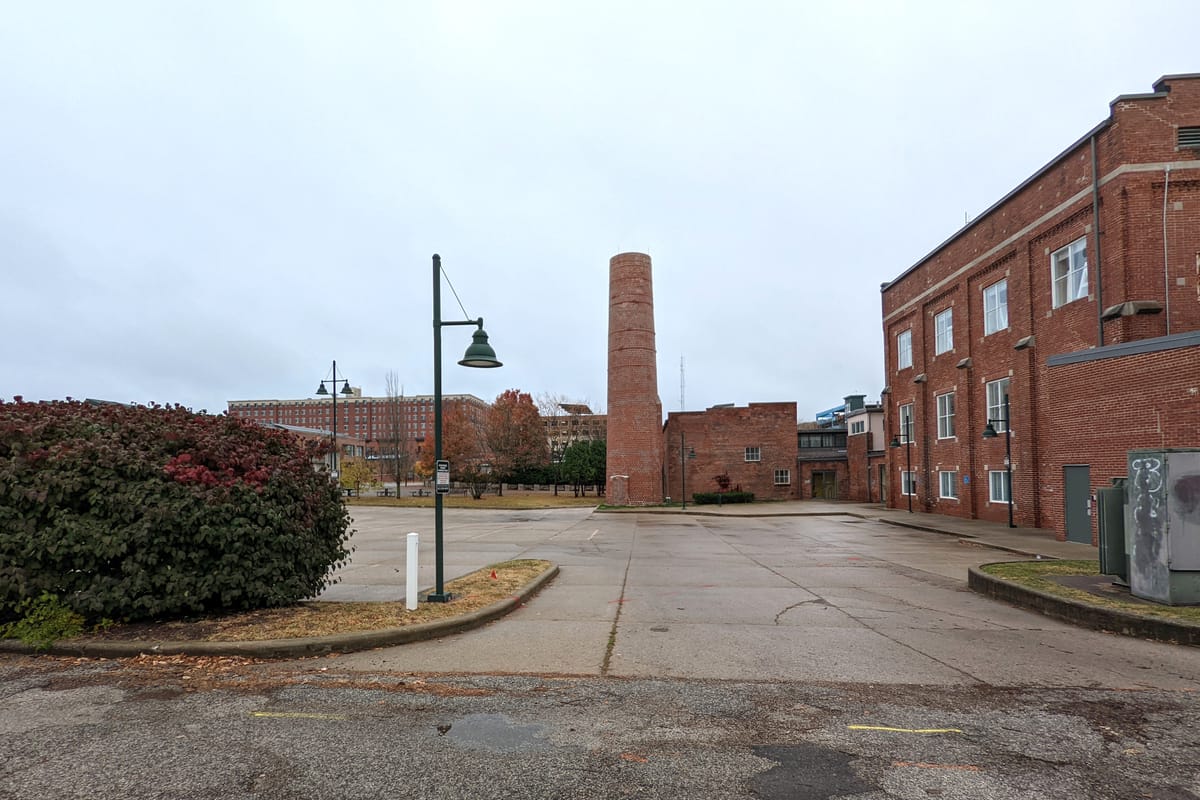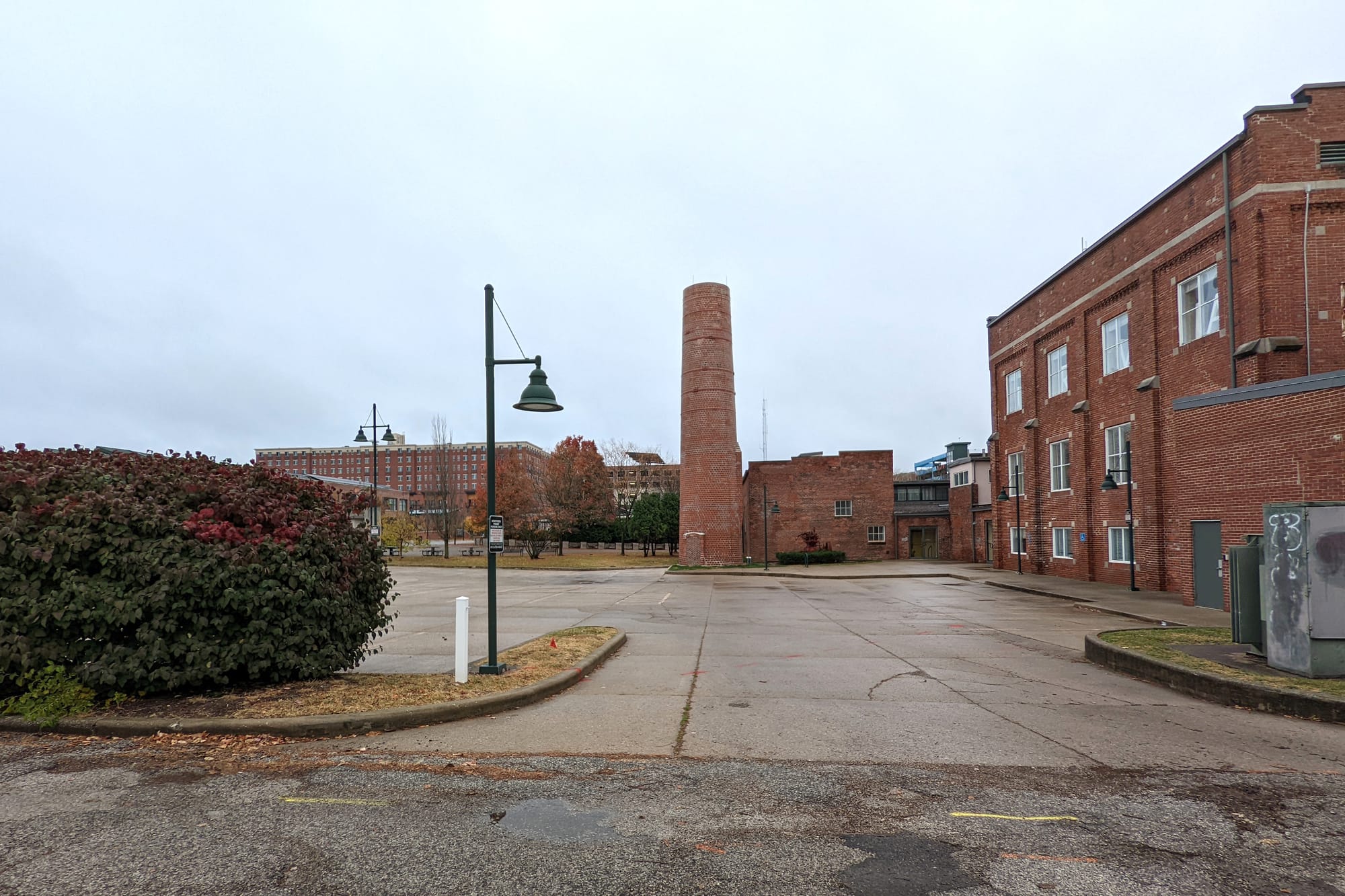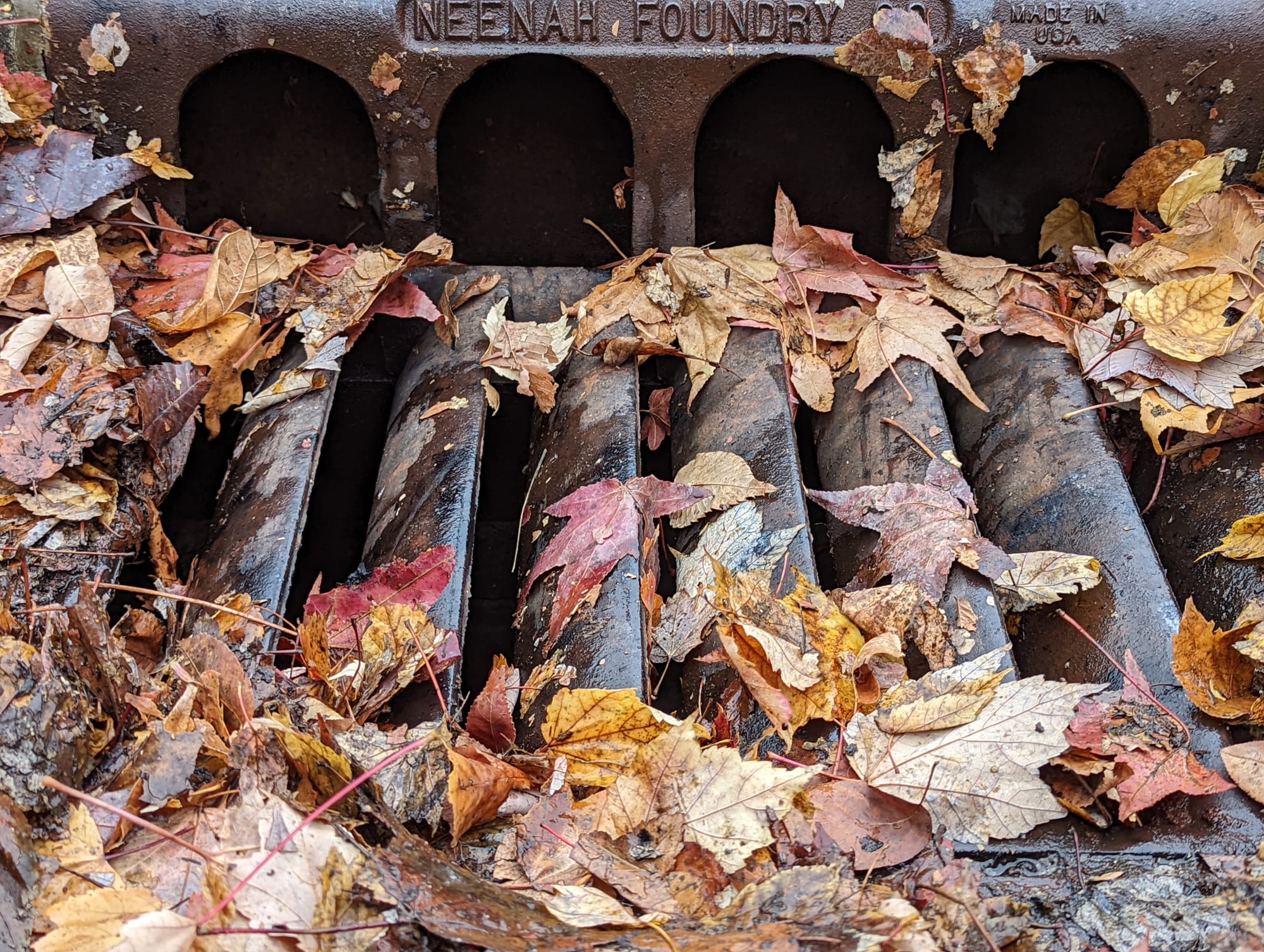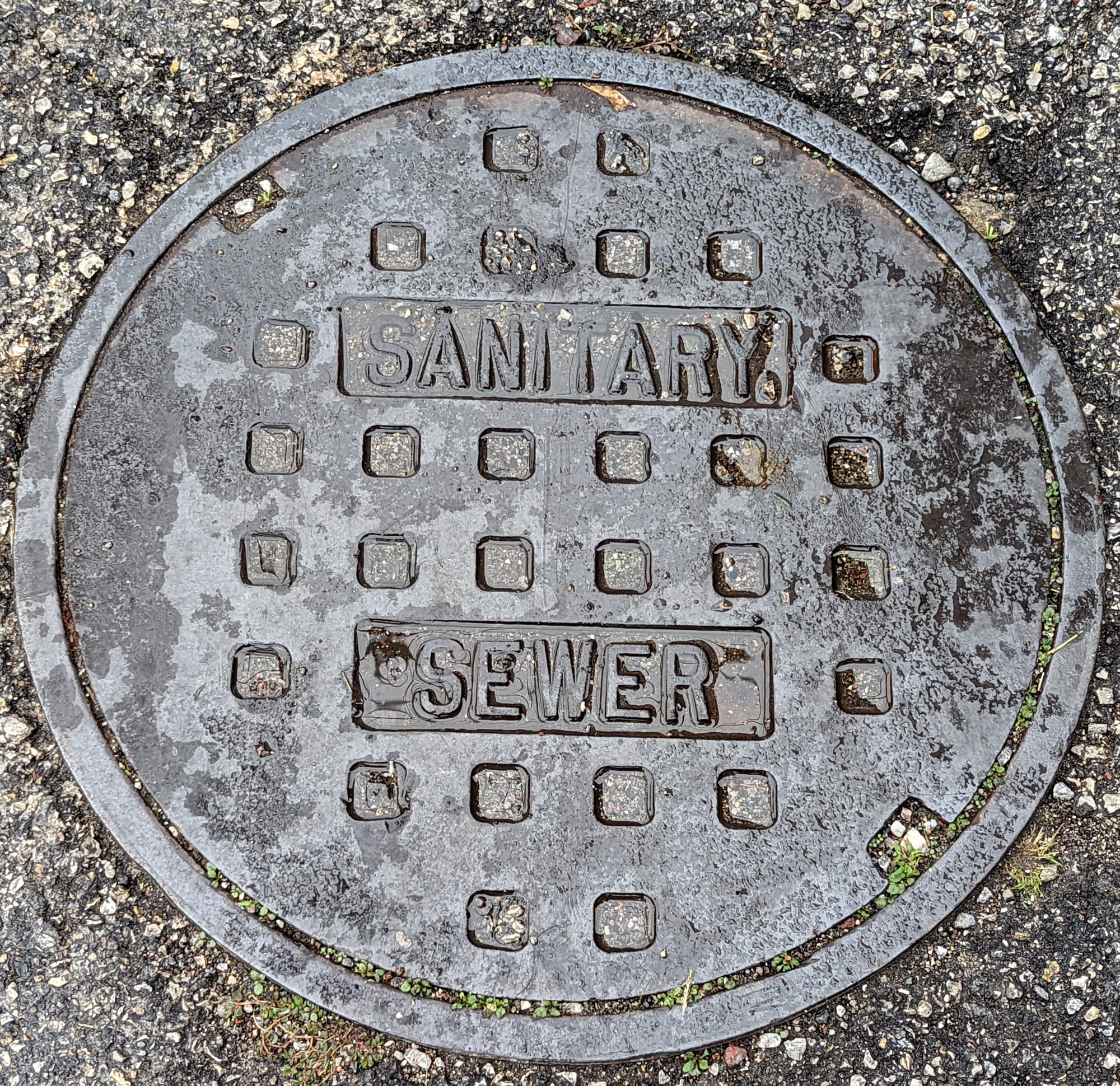Bloomington city council preview: Johnson’s Creamery alley vacation; higher sewer, storm rates




Next Wednesday’s meeting of the Bloomington city council (Nov. 2) will likely feature a renewed consideration of a request by Peerless Development to vacate an east-west alley on the old Johnson’s Creamery building.
According to a memo in the council’s nearly 500-page meeting information packet, it’s expected that a motion will be made at Wednesday’s meeting to take up the item again for consideration. The request was tabled at the council’s meeting in the third week of July.
Also on Wednesday’s agenda are first readings for increases to the monthly sewer and stormwater fees. Because of a 68-year old clause in Bloomington’s local code, no discussion of the rate increases can take place at their first reading on Wednesday.
Based on their pattern of the last couple of months, councilmembers might spend some time debating whether to discuss the rate increases at a committee-of-the-whole meeting the following week, or to skip the committee meeting. A vote to enact the rate increases, to start in 2023, could come on Nov. 16.
Already anticipated on the agenda for Wednesday’s meeting of the Bloomington city council was a proposal to install a stop sign at the intersection of Maxwell Lane and Sheridan Drive. Based on the discussion at a committee-of-the-whole meeting this past week, the stop sign ordinance probably has at least five votes of support, which would be enough on the nine-member city council to pass it.
Johnson’s Creamery alley vacation
Peerless Development wants the existing east-west alley on the old Johnson’s Creamery property to be vacated, in order to build a 51-unit apartment complex north of the old creamery building, right next to the B-Line Trail, off 7th Street.
Bloomington’s plan commission approved the site plan for the new development in October 2021. But that approval was contingent on getting a greenlight from the city council for the vacation of the east-west alley—because part of the proposed new building would sit in the right-of-way.
The site plan approval given in 2021 would have expired on Oct. 18, but Peerless asked for, and received a one-year extension from the plan commission a couple of weeks ago at the commission’s Oct. 10 meeting.
The administration wanted the city council to make the alley vacation contingent on a $250,000 contribution to the city to pay for public art commemorating the creamery’s smokestack. Since the city council last considered the alley vacation request, the smokestack has been demolished down to 60-feet under an unsafe building order from the city of Bloomington.
After the council twice put off a vote, in July Peerless pitched the idea of swapping the existing alley for a new one, just to the south. That would, in effect, move the alley. The move would require the council’s approval to vacate the existing alley, and then the board of public works to accept the dedication of a new alley, located a few feet to the south of the existing alley.
Confronted with the pitch for an alley swap, the council voted to table the decision on a vacation, to give Peerless time to sort out the logistics of the timing—for approvals from the city council and the board of public works.
The current proposal from Peerless is for the city council to vote on the alley vacation, but to withhold the official record of the vote on the alley vacation until the board of public works can have a chance to vote on the alley dedication.
If the board of public works were to deny the new alley dedication, then the alley vacation approved by the city council would become null and void, having not yet been officially recorded, according to the proposal from Peerless.
Under state statute, it’s the city clerk who has to present an approved ordinance to the mayor for approval. It does not look like there’s a time frame set forth in the statue for the clerk to complete the task.
But the statute does not appear to give the clerk an option of not presenting it to the mayor at all. And after an ordinance is signed by the mayor, the clerk has to “record it in a book kept for that purpose.”
In any case, as a procedural matter, what could happen on Wednesday is that a motion is made to take the alley vacation up from the table, so that it can be considered again.
Utility rates
What will get a first reading on Wednesday are increases to sewer (wastewater) and stormwater rates. Not affected are drinking water rates.
Stormwater rates are proposed to increase from $5.95 a month to $7.50 a month for about a 26-percent increase. That works out to $18.60 more a year. The stormwater rate increase would take effect in January 2023.
On the sewer side, the proposed increases are in two phases, the first in January 2023 and the second two years later, January 2025.
For the sewer monthly service charge, the first bump is from $8.19 to $9.17 and then to $9.72. From the current rate to the Phase II rate, that’s an 18.6-percent increase.
For the sewer usage rate, the first bump is from $7.99 per 1,000 gallons to $8.95, then to $9.49 in the second phase. From the current rate to the Phase II rate, that’s about an 18.7-percent increase.
Based on past B Square reporting, an average city of Bloomington utilities (CBU) customer who lives inside the city uses 3,300 gallons of sewage service a month.
Comparing current rates to what the rates will eventually be under Phase II, an average inside-the-city customer would see an annual sewer bill increase from $414.68 to $492.44.
For outside-the-city customers, rates have been 12-percent higher since 2019, when the city council adopted a differential rate system for inside and outside the city.
The recommended rate increases by the utilities service board were based on a consultant’s report on sewer and stormwater rates.




Comments ()